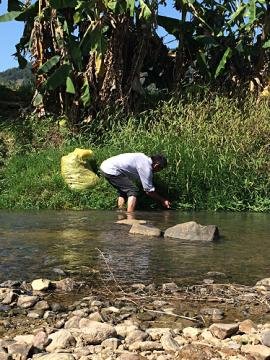Governance & Stakeholders Indicators
ENABLING ENVIRONMENT
Policies, regulations, market mechanisms and social norms used in governing and managing freshwater resources.
SUB-INDICATORS
Water Resource Management:
Degree to which institutions are performing key management functions such as coordination, planning and financing, and conflict resolution.
Rights to Resource Use: The clarity of rights to water and water-related resources.
Incentives and Regulations: Availability of different management instruments, such as impact assessments and economic incentives.
Financial Capacity: Investment gap between allocated and required finances for water resource protection measures.
Technical Capacity: The number and skill level of professionals working in water resource management.
STAKEHOLDER ENGAGEMENT
The ways stakeholders interact and the degree of transparency and accountability around these interactions.
SUB-INDICATORS
Information Access: Accessibility of data on water quantity, quality, resource management, and development.
Engagement in Decision-Making Processes: Scope of stakeholders involved and the degree to which they have a voice in the cycle of policy and planning.
VISION & ADAPTIVE GOVERNANCE
Capacity to collect and interpret information, and then use it to set goals for the basin and adapt to changing circumstances.
SUB-INDICATORS
Strategic Planning and Adaptive Governance: Degree to which comprehensive strategic planning at the basin or sub-basin scale takes place and whether the capacity to adapt plans to new information or changing conditions exists.
Monitoring and Learning Mechanisms: Adequacy and use of physical, chemical and biological monitoring of water resources, as well as socioeconomic data, to guide policy and planning.
EFFECTIVENESS
Outcomes from water-related policies and investment decisions.
SUB-INDICATORS
Enforcement and Compliance:
Degree to which laws are upheld and agreements are enforced.
Distribution of Benefits: Impacts of decisions about water resource management, with special attention to vulnerable populations.
Water-Related Conflict: Presence of conflicts over water services, including allocation, access, pollution, diversion, or infrastructure development.




